Kyoto
After Osaka, our next stop was Kyoto, Japan’s seventh largest city, with a population close to 1.5 million. Formerly the imperial capital of Japan for more than one thousand years, it is now the capital of Kyoto Prefecture, as well as a major part of the Kyoto-Osaka-Kobe metropolitan area. Kyoto is only a 15 minutes Shinkansen ride from Osaka, which was convenient since we didn’t have to use a lot of time on traveling.
Over the centuries, Kyoto was destroyed by many wars and fires, but due to its historic value, the city was spared from air raids during World War II. It was also removed from the atomic bomb target list by the personal intervention of Secretary of War Henry Stimson, as Stimson wanted to save this cultural center which he knew from his honeymoon and later diplomatic visits. Countless temples, shrines and other historically priceless structures survive in the city today.
Kyoto is home to the Gion Matsuri festival, supposedly the most Japanese festival. The festival takes place over the entire month of July and there are many different events, but two are particularly renowned: the Yamaboko Junko, a procession of floats on July 17th; and Yoiyama, the festive evenings preceding the procession. We arrived on the 15th of July and had plenty of time to experience Gion Matsuri.

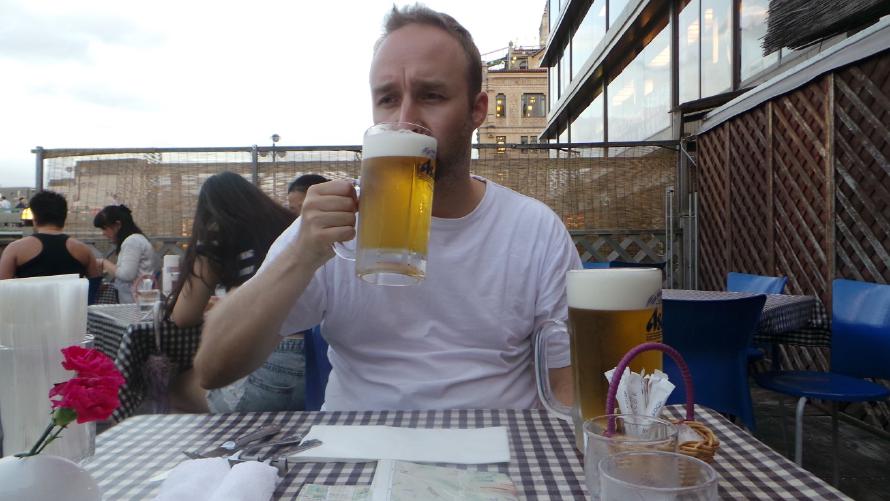
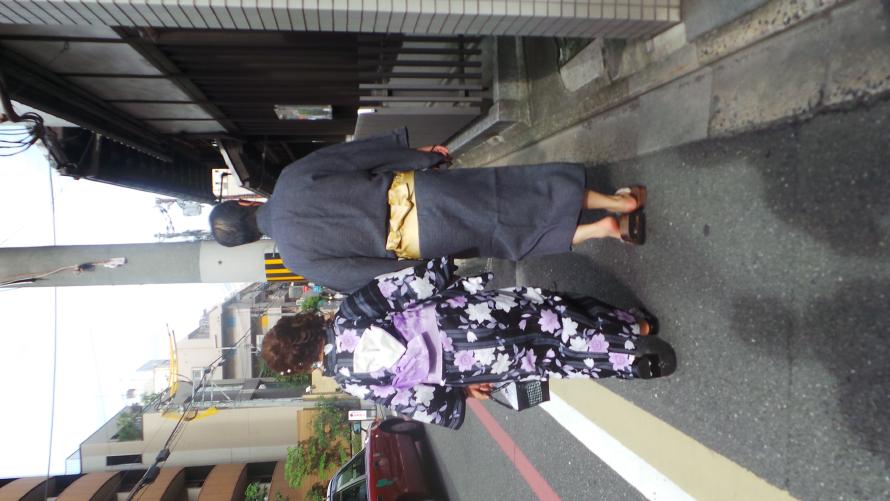
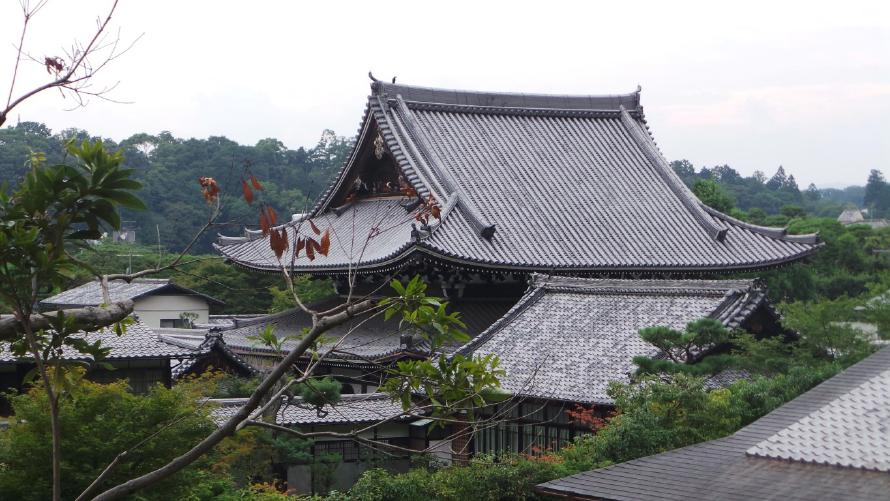
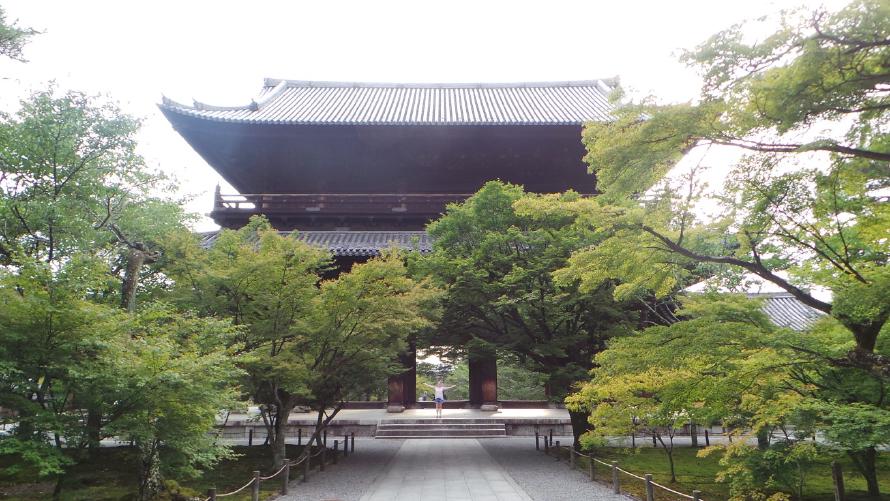

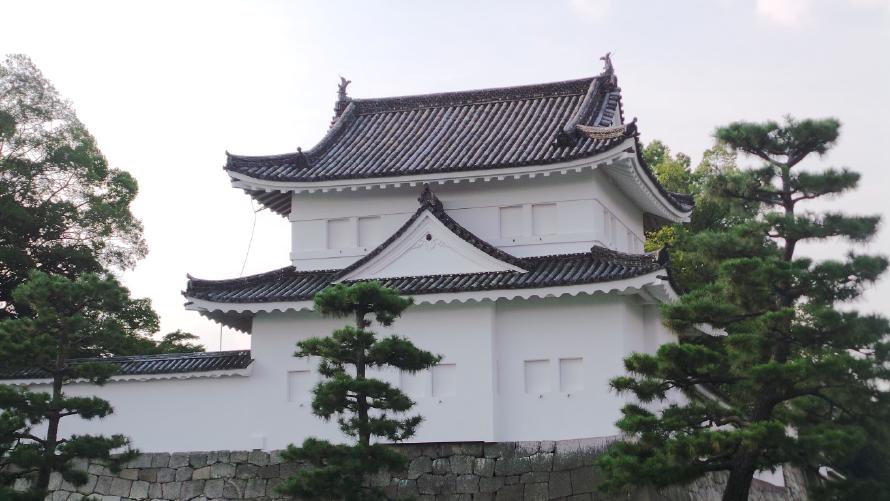

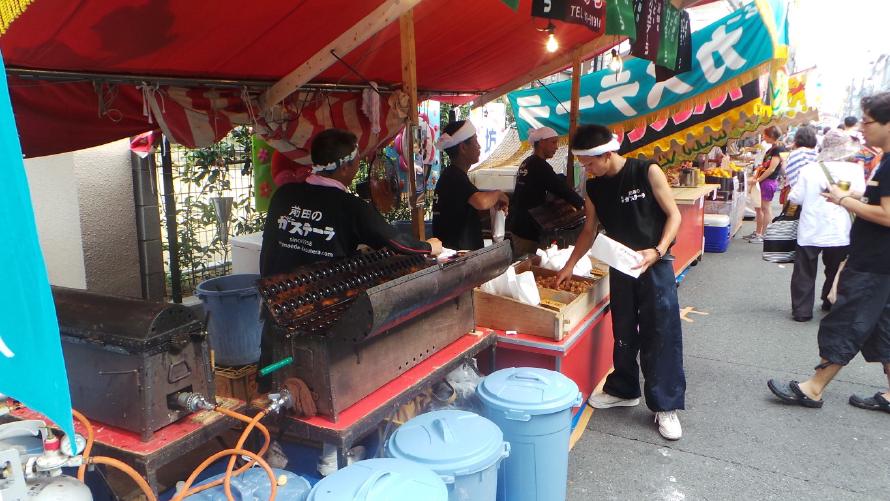
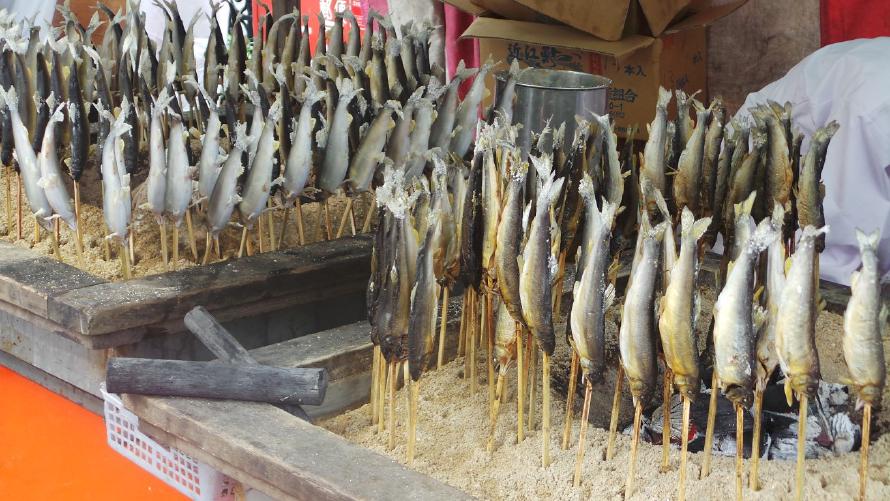
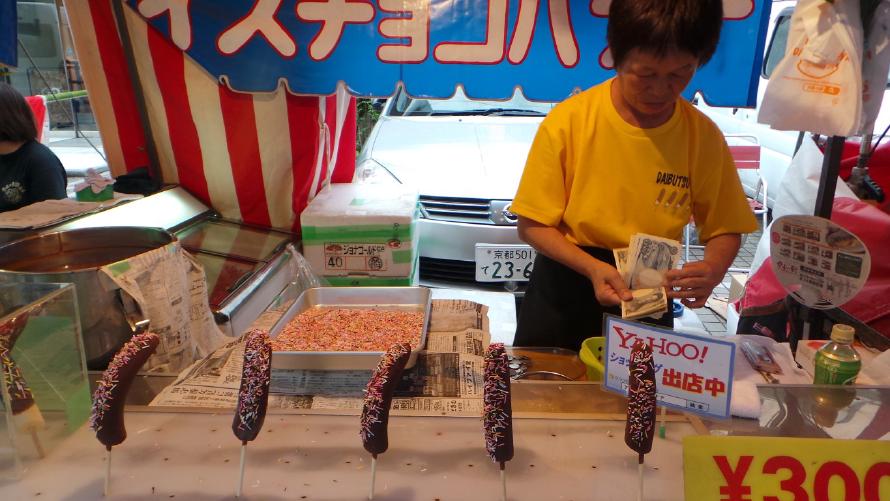




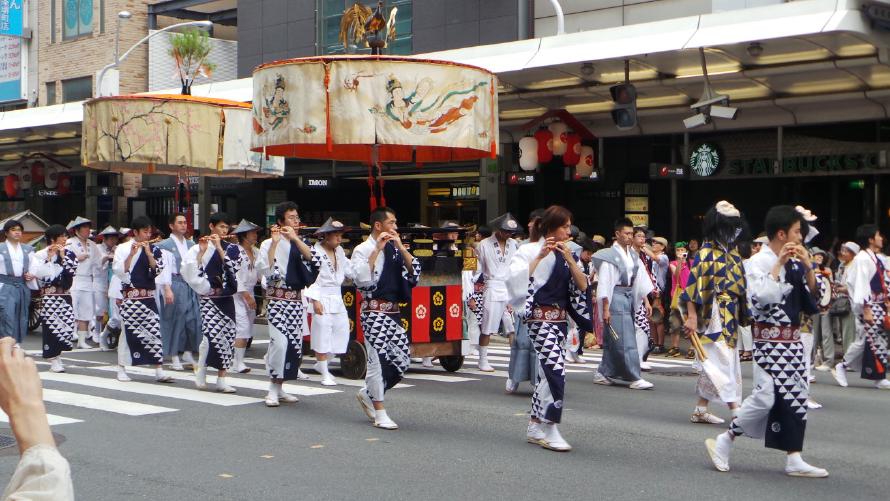


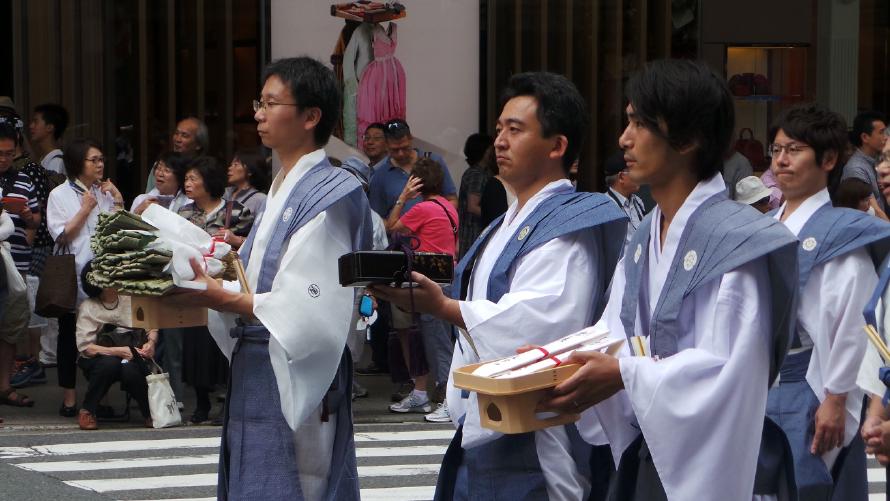
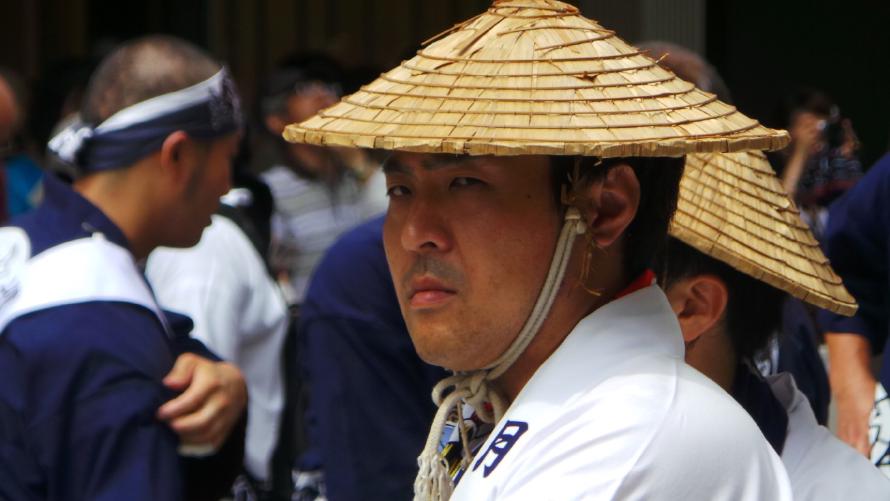
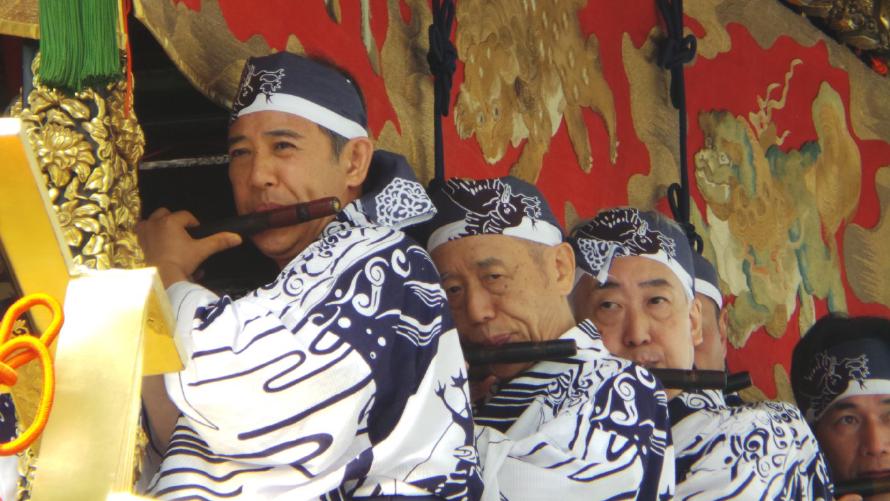
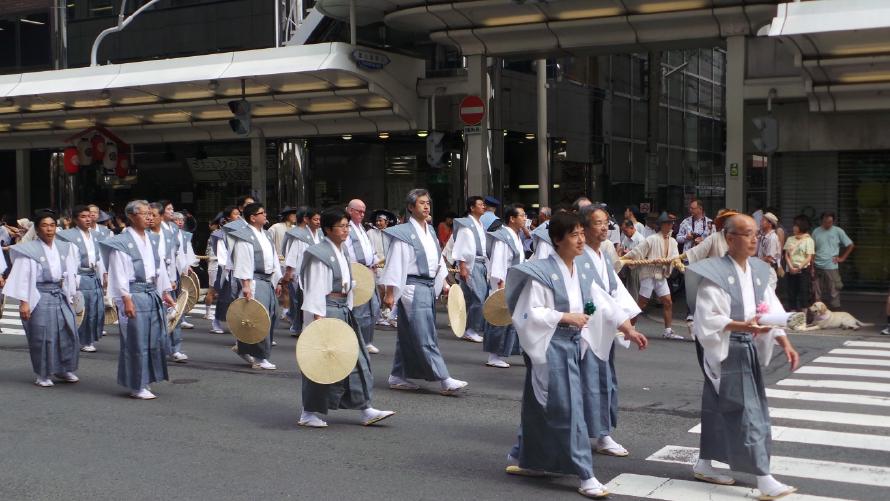


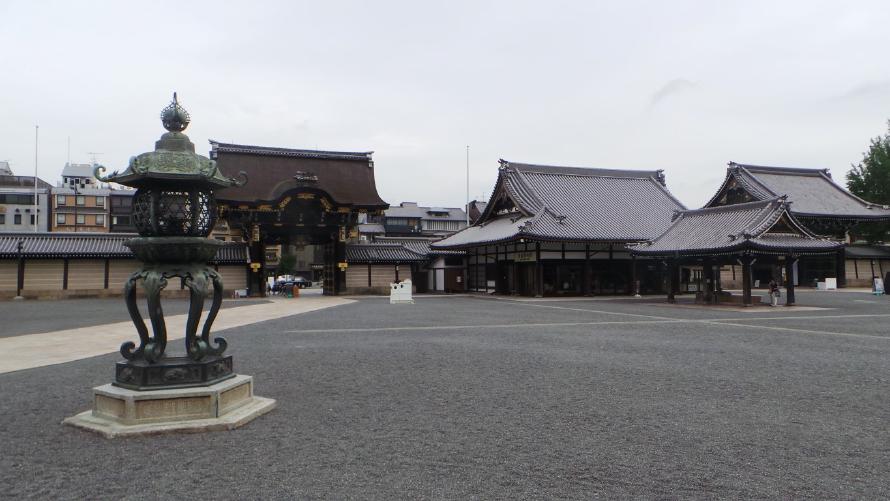

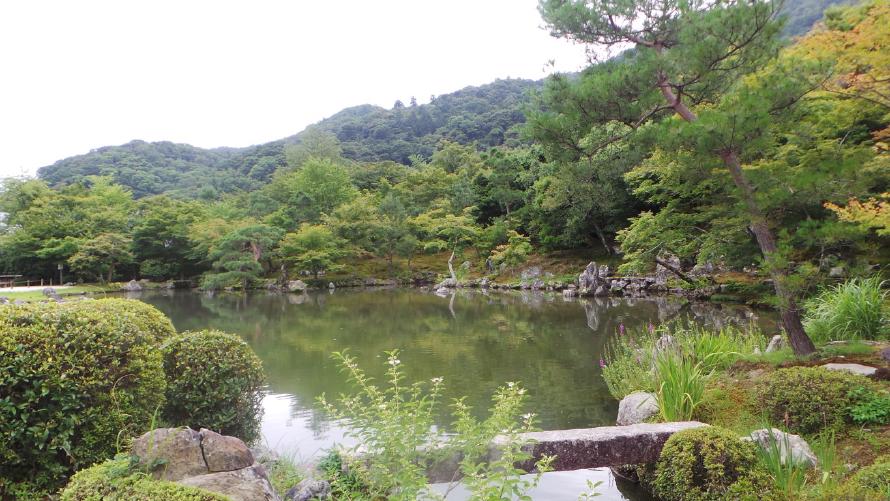

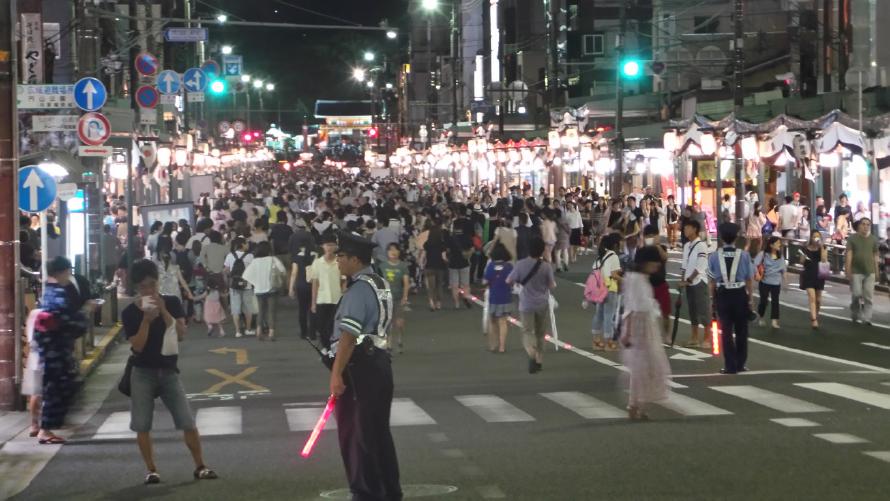

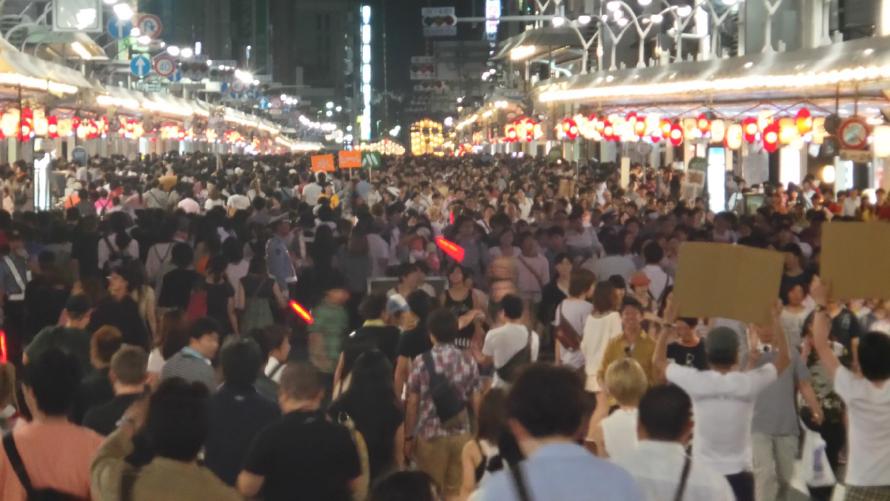


Feedback
Do you have any thoughts you want to share? A question, maybe? Or is something in this post just plainly wrong? Then please send an e-mail to vegard at vegard dot net with your input. You can also use any of the other points of contact listed on the About page.
Its almost like I am the only person that hasn’t been to china :(
If you can, set aside a little money each month - and before you know it you’ll be in Asia!